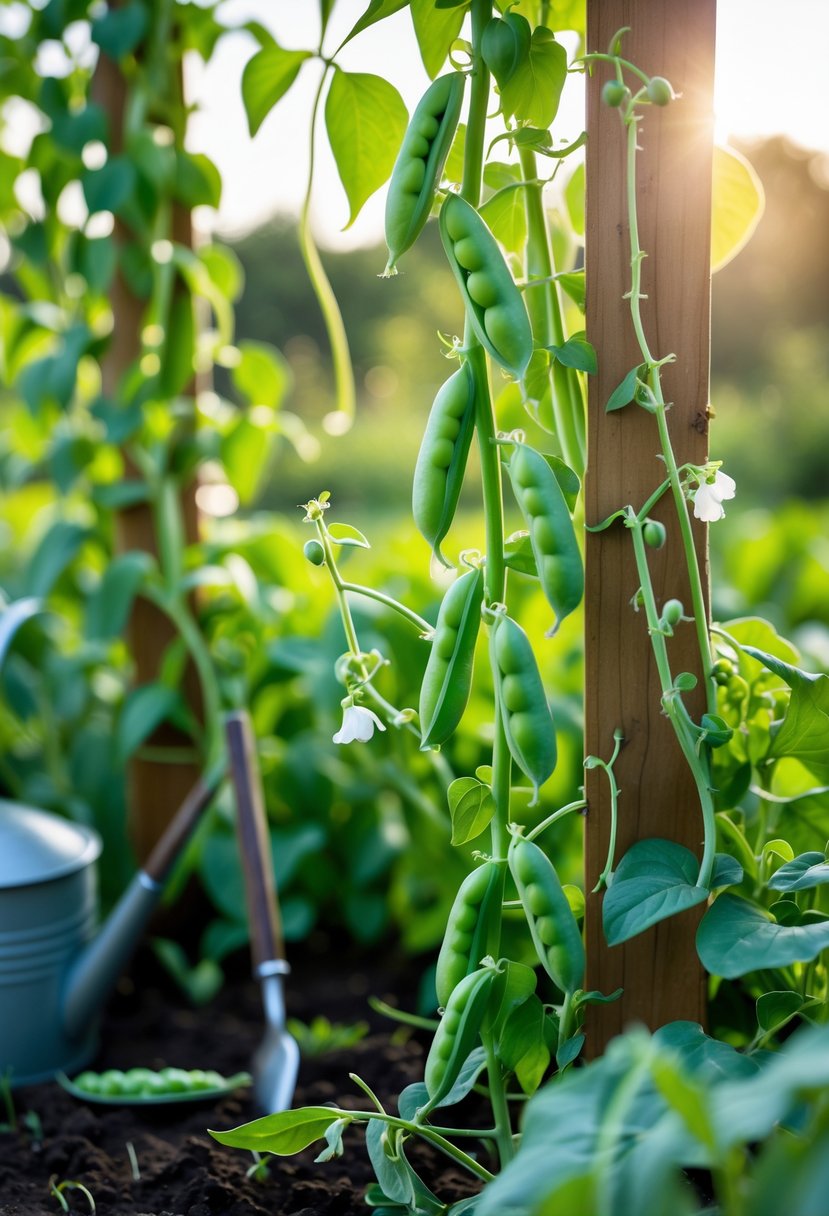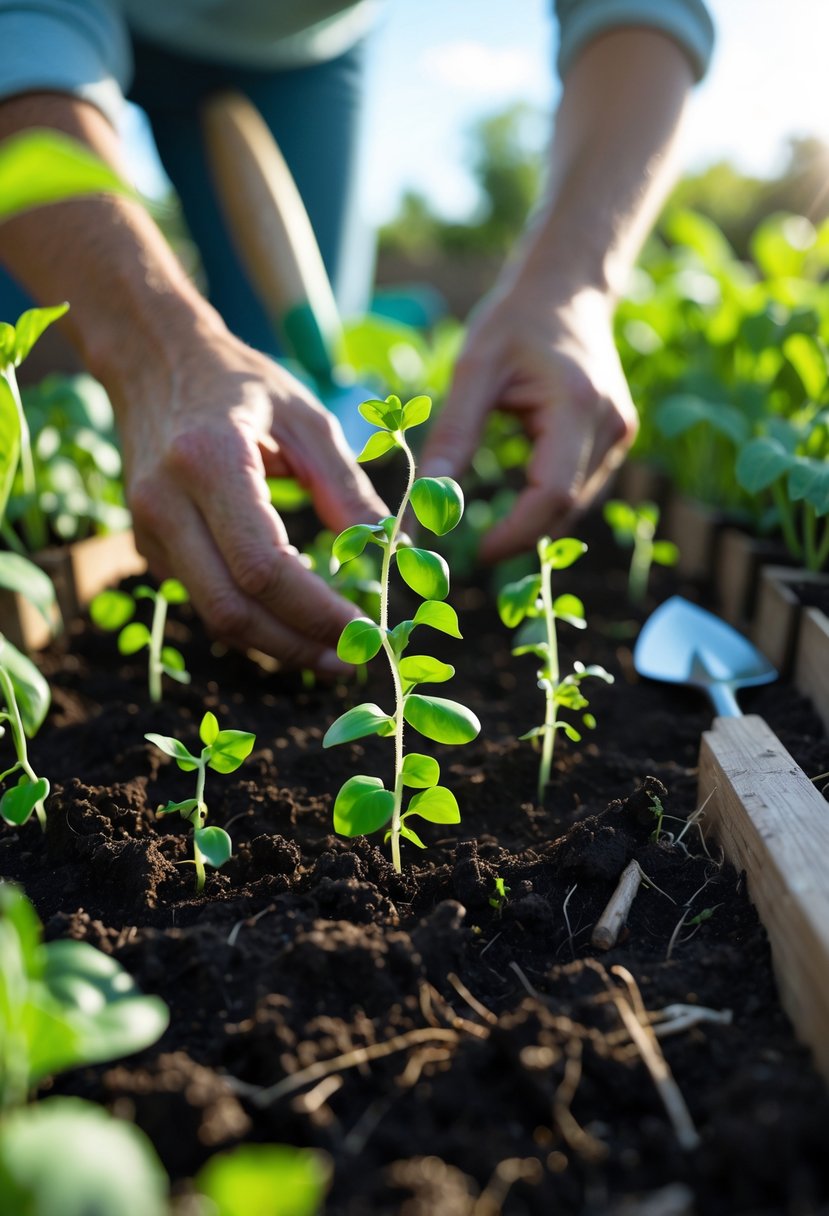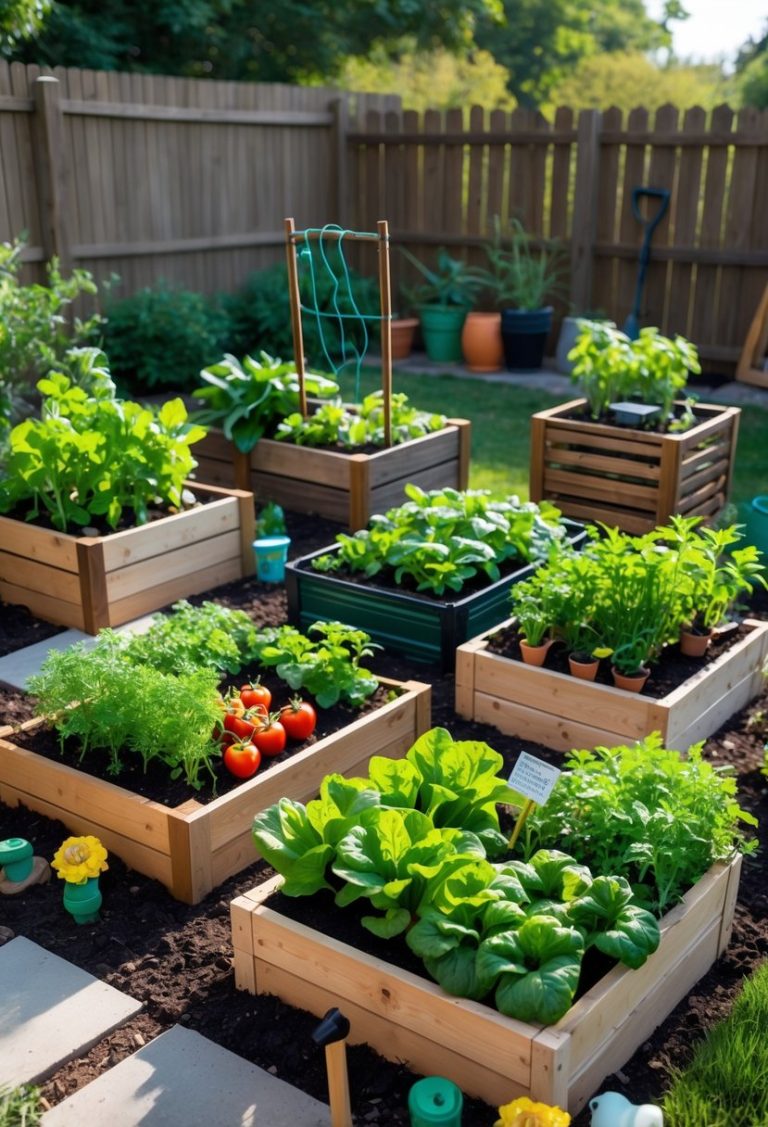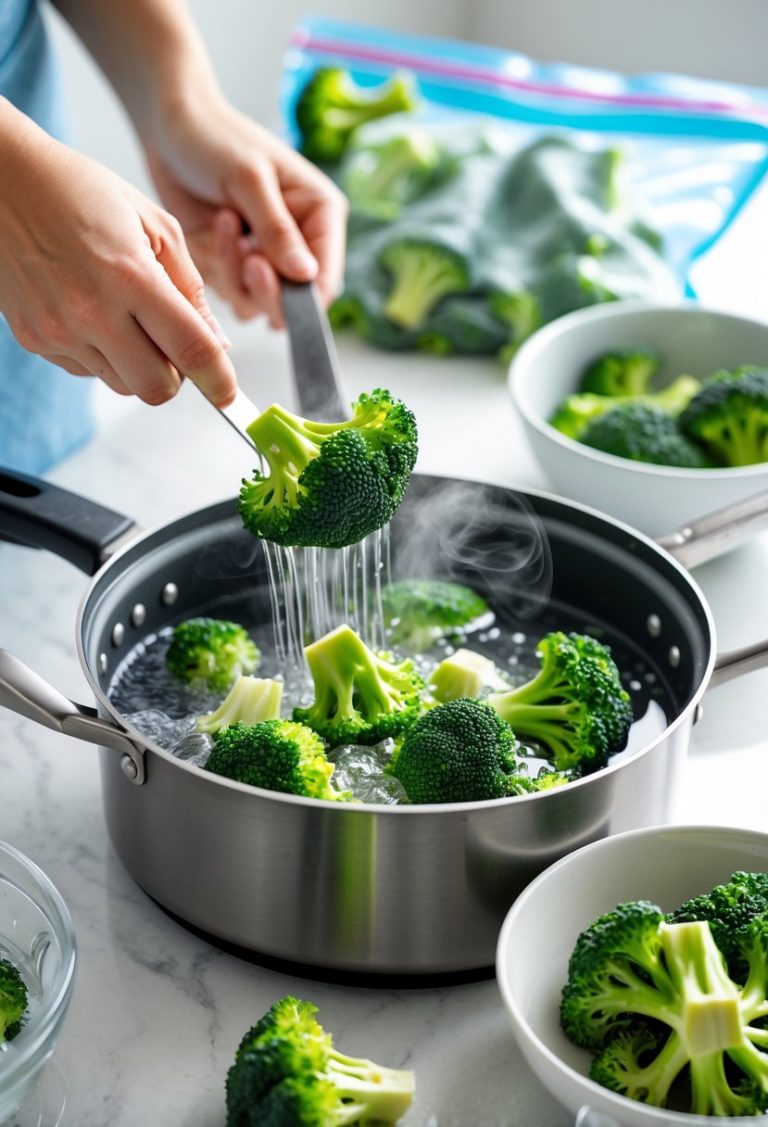Tips for Growing Peas in Your Garden: Key Steps for Success
Growing peas in your garden is a simple way to enjoy fresh and tasty vegetables early in the season. These plants thrive best when you plant them in cool weather and give them plenty of sunlight and well-drained soil. Starting your peas at the right time and providing good care will lead to a healthy, high-yielding crop you can enjoy fresh or use in recipes.

Peas come in several types, like snap peas that you eat whole, snow peas with flat edible pods, and shelling peas where you harvest just the seeds. Understanding the differences helps you pick the right variety for your needs and garden space. With some basic attention to watering, support, and pest control, you can keep your pea plants strong throughout their growth.
By knowing when and how to plant your peas, watching for common problems, and harvesting at the best time, you’ll get more from your efforts. This guide will walk you through the key steps so you can grow peas successfully, whether you have a backyard garden or a few containers.
Key Takeways
- Plant peas in cool weather with well-drained soil and good sunlight.
- Choose a pea variety that fits your garden and eating preference.
- Watch your plants carefully and harvest when pods are full but still tender.
Essential Steps for Growing Peas Successfully

To grow peas well, you need to pick the right pea type, plant at the right time, and prepare the soil properly. These factors help your peas grow strong and produce a good harvest.
Choosing the Best Pea Varieties
Select pea varieties that suit your climate and taste preferences. There are three main types:
- Garden peas (shelling peas): You eat only the seeds, not the pods.
- Snap peas: You eat the whole pod and seeds.
- Snow peas: The flat, edible pods are usually eaten whole.
If you have limited space or want low-maintenance plants, choose varieties like ‘Little Marvel’ or ‘Sugar Ann’ that don’t need support.
Disease resistance is important. Look for varieties with good tolerance to mildew and fusarium wilt. This helps reduce plant loss and ensures a better yield.
Determining the Right Planting Time
You must plant peas early when soil is cool and workable, usually 4 to 6 weeks before the last spring frost. This timing avoids hot weather, which can reduce pea quality and plant health.
In warmer regions, you can also plant peas in late summer or early fall for a second harvest. Peas grow best with daytime temperatures between 55°F and 70°F.
Avoid planting peas in hot weather because the plants stop producing peas and decline quickly.
Preparing Soil for Optimal Growth
Peas grow best in well-drained, loose soil with a neutral to slightly acidic pH (6.0 to 7.5). Before planting, loosen the soil to about 8 to 12 inches deep to allow roots to spread easily.
Work in compost or well-rotted manure to improve fertility and soil structure. Peas fix nitrogen but still need some nutrients from the soil.
Avoid heavy, clay soils or soggy areas, because peas dislike standing water and compacted roots. If needed, raise beds or add organic matter to improve drainage.
Use a soil test to check pH and nutrient levels before planting. Adjust soil conditions based on the results for best growth.
Planting and Early Care

To grow peas successfully, you need to plant seeds at the right time, prepare them properly, and give them enough space to grow. You will also want to support their vines and keep the soil moist and well-mulched to protect young plants.
Direct Sowing and Seed Preparation
Plant pea seeds as soon as the soil can be worked in early spring. This is usually 4 to 6 weeks before the last expected frost. Peas prefer cool, well-drained soil that dries out quickly after winter.
Soak seeds overnight before planting to speed up germination. Sow seeds about 1 inch deep and 2 inches apart. Rows should be 18 to 24 inches apart to allow air flow.
Peas do not transplant well, so direct sowing in the garden is best. Avoid planting when soil is too wet or cold, as this can cause seeds to rot or sprout slowly.
Providing Support and Space
Many pea varieties grow as vines and need support to climb. Use trellises, stakes, or netting. These keep plants off the ground, reduce disease risk, and improve air circulation.
If growing dwarf or bush types, you may not need support but still space them well. Leave enough room between plants—about 2 to 3 inches for bush peas, 3 to 4 inches for vining types.
Proper spacing also helps sunlight reach all parts of the plant, which aids development and reduces problems with mold or mildew.
Watering and Mulching Essentials
Peas need consistent moisture but dislike soggy soil. Water regularly, especially during flowering and pod formation. Aim to keep the soil evenly moist but not waterlogged.
Apply a layer of mulch around your pea plants to retain soil moisture and control weeds. Straw, shredded leaves, or grass clippings work well.
Mulching also protects roots from temperature swings. Avoid wetting the plants directly when watering to prevent fungal diseases. Water at the base of the plants early in the day for best results.
Maintaining Healthy Pea Plants

To keep your pea plants strong, focus on managing pests and diseases as well as providing the right light and temperature conditions. These steps help your plants grow well and produce good yields.
Protecting Against Pests and Diseases
Check your pea plants regularly for signs of pests like aphids and pea leaf weevils. These insects can damage leaves and reduce plant health. Use natural methods like spraying with insecticidal soap or introducing helpful insects such as ladybugs.
Powdery mildew is a common disease on peas. Avoid this by ensuring good air flow around plants and watering the soil, not the leaves. Remove any infected leaves promptly to stop it from spreading.
Planting peas with companion plants like garlic or marigold can reduce pest problems. Keep your garden clean and weed-free to prevent pests and diseases from establishing.
Managing Light and Temperature
Peas need full sun to grow well. Make sure they get 6 to 8 hours of direct sunlight daily. If they don’t get enough light, plants will grow weak and may produce fewer pods.
Peas prefer cool temperatures, usually between 55°F and 70°F. Plant them early in spring or late summer to avoid hot weather, which can stress the plants and stop them from setting pods.
If you experience sudden heat, provide some shade using garden cloth to protect your peas. Mulching around the base helps keep the soil temperature stable and retains moisture.
Harvesting and Maximizing Your Garden Pea Yield

To get the best flavor and highest yield from your garden peas, you need to harvest at the right time and handle them carefully afterward. Proper picking and storage will keep your peas fresh and allow you to enjoy more from your harvest.
Knowing When and How to Harvest
You should harvest peas when the pods are about 3 to 4 inches long and shiny. The pods should feel firm but still have some give when pressed gently. If the pods look dull, overly full, or hard, the peas inside may be starchy and less sweet.
Watch the plants closely as they bloom and pods form. Pick peas just before they become fully mature for the best taste and texture. For bush-type peas, harvest all at once, but climbing varieties can be picked multiple times as pods ripen.
To pick, hold the stem above the pod and pinch or cut the pod off gently. Avoid pulling to prevent damaging the plant, which can reduce future yields.
Storing and Preserving Peas
After harvesting, shell peas by gently pressing along the seam until it opens. Remove the peas and discard the pods in compost.
Store shelled peas in a perforated plastic bag inside your refrigerator’s vegetable drawer. They stay fresh for about a week this way.
For longer storage, blanch peas briefly in boiling water, then freeze them in airtight bags. Frozen peas can last up to a year and keep their flavor well.
If pods dry on the vine, you can save these peas for seeds or use them in soups after soaking overnight. Keep them dry and in a cool place for best results.






